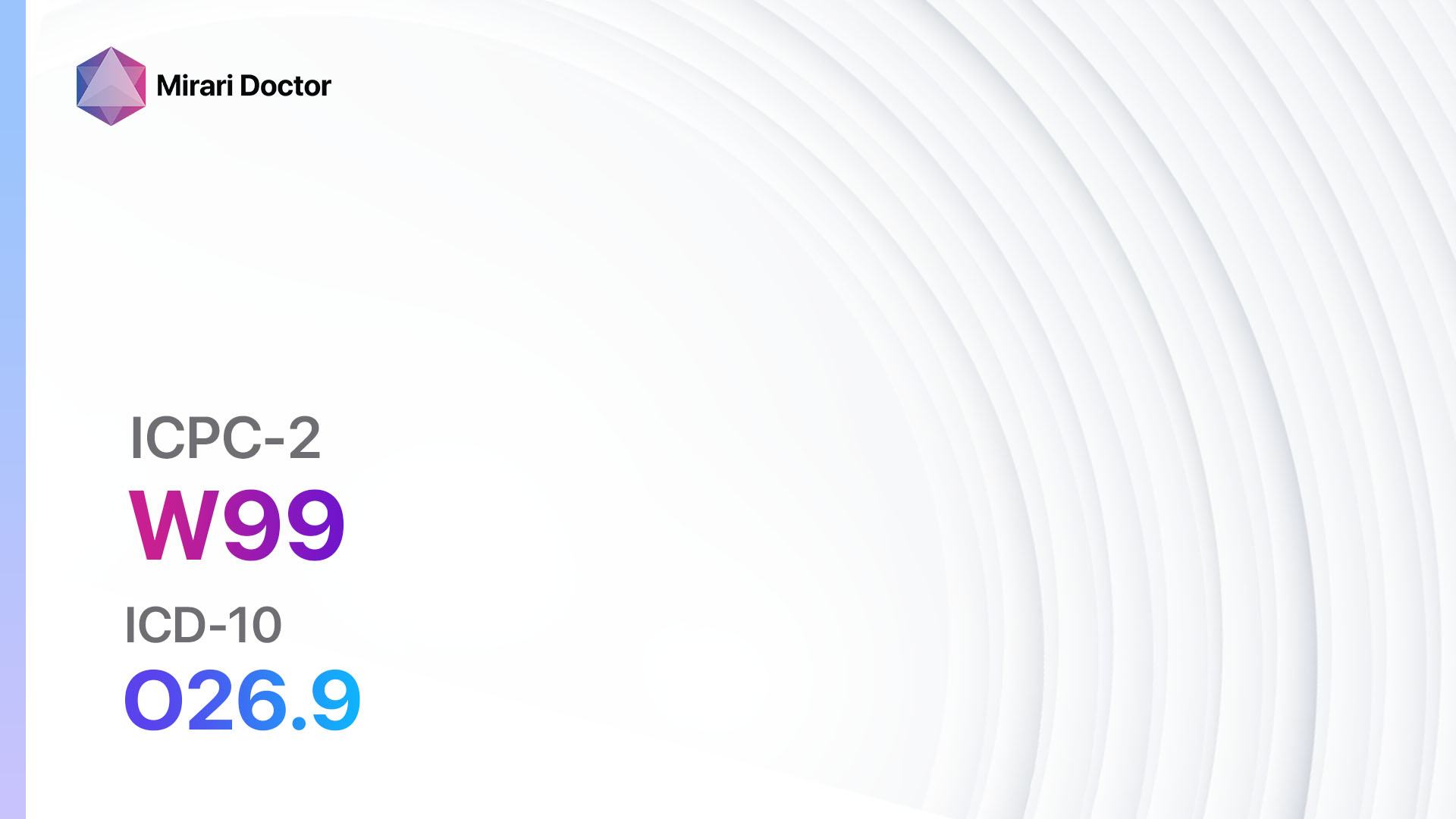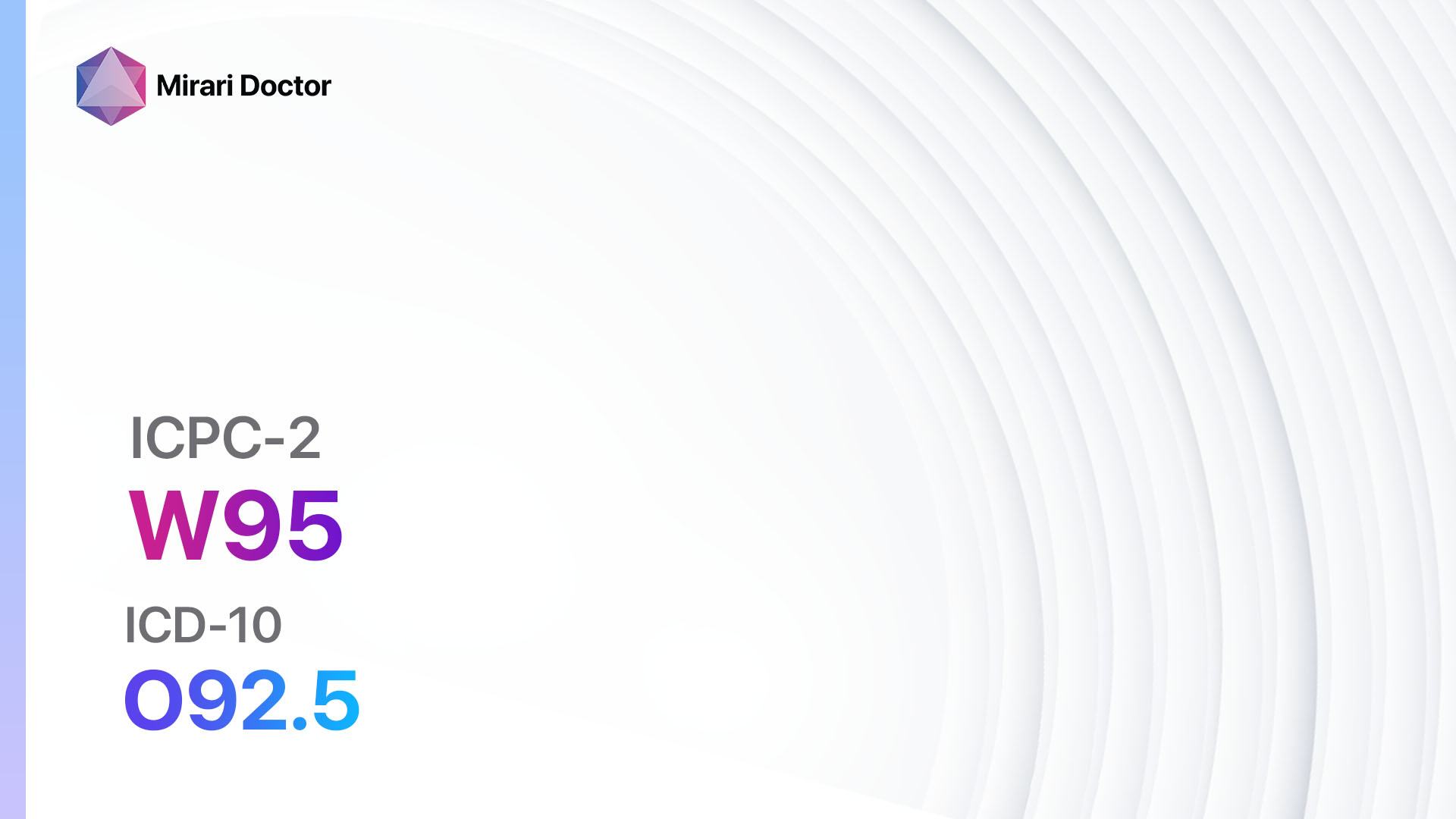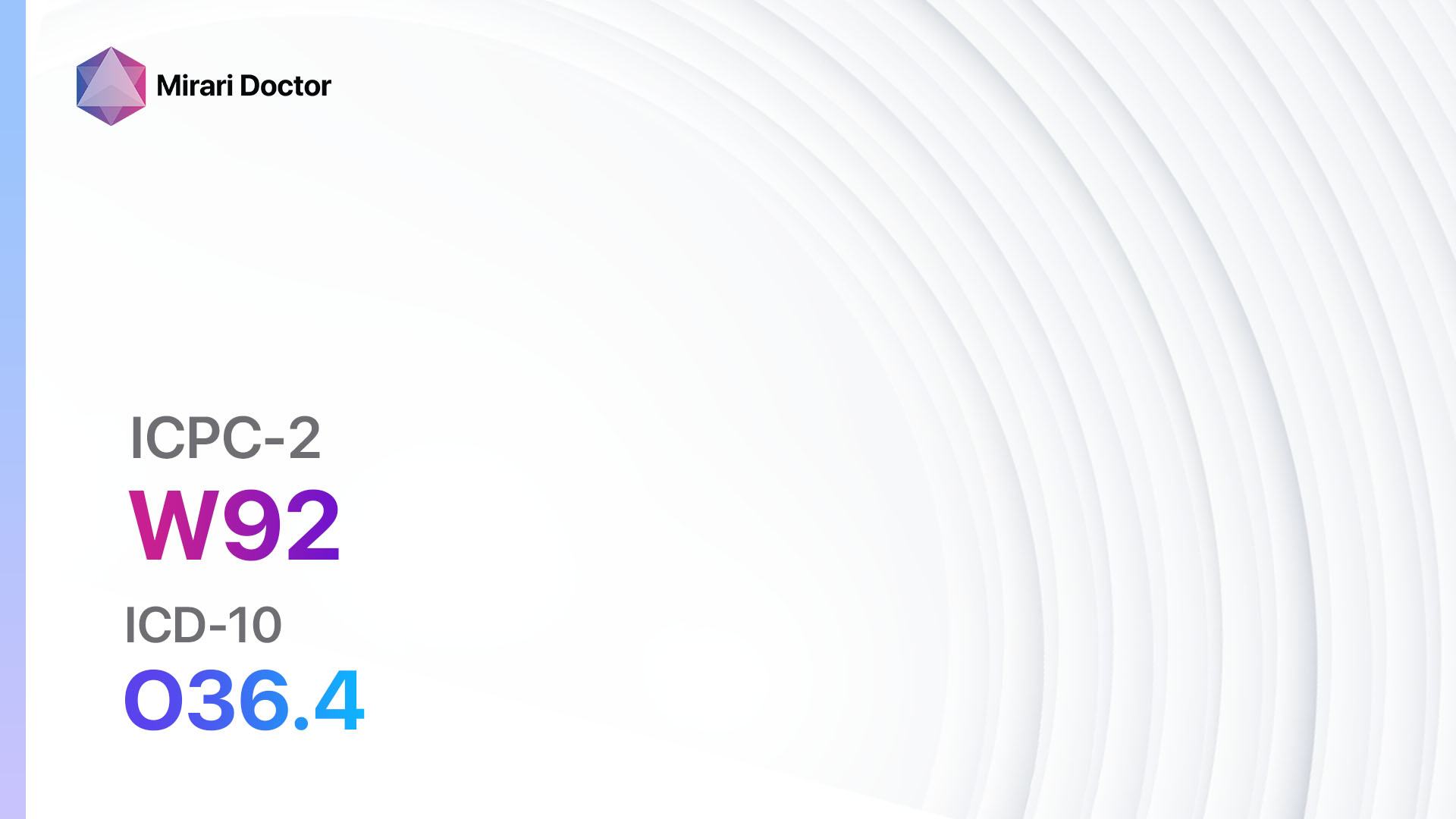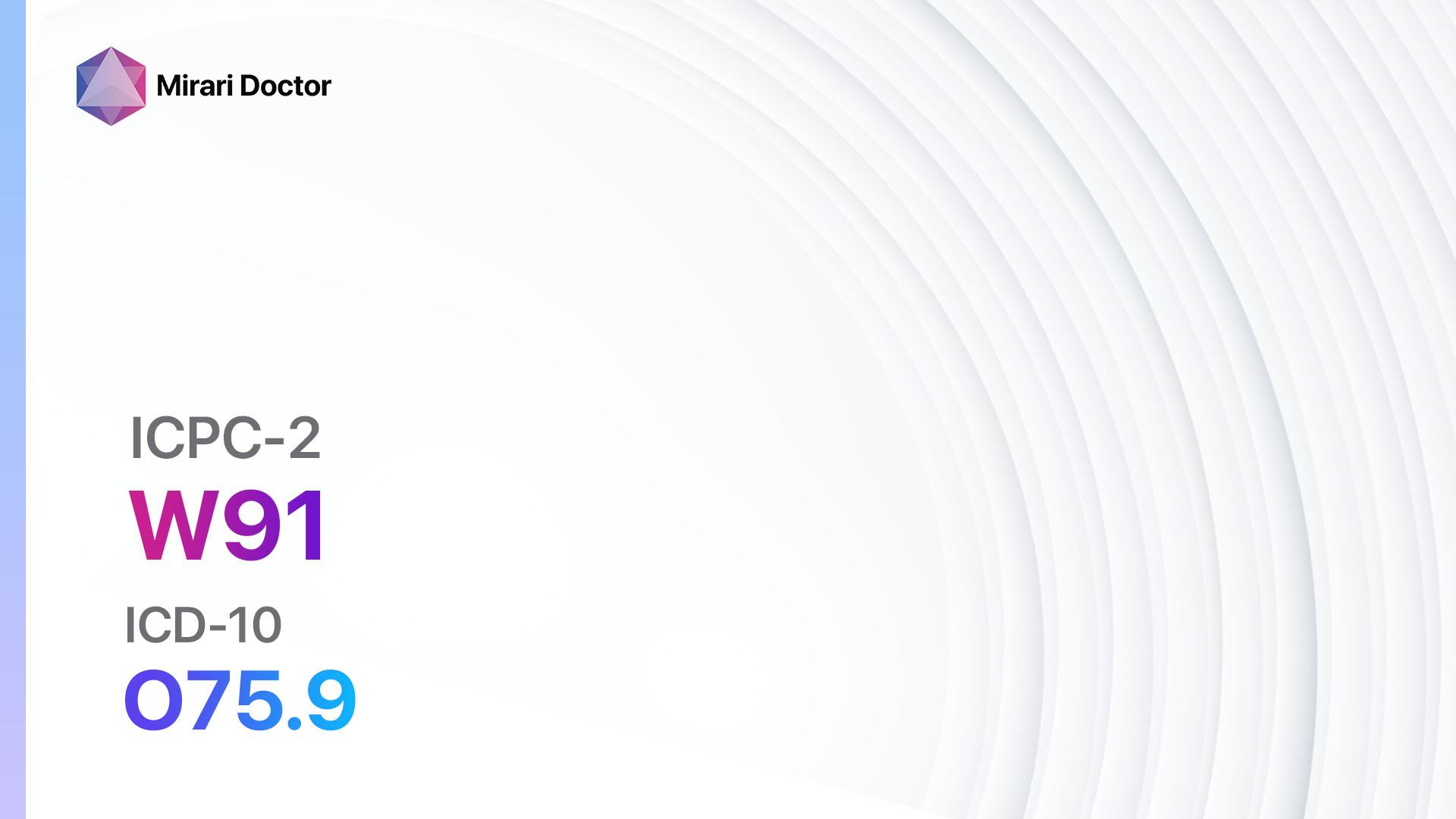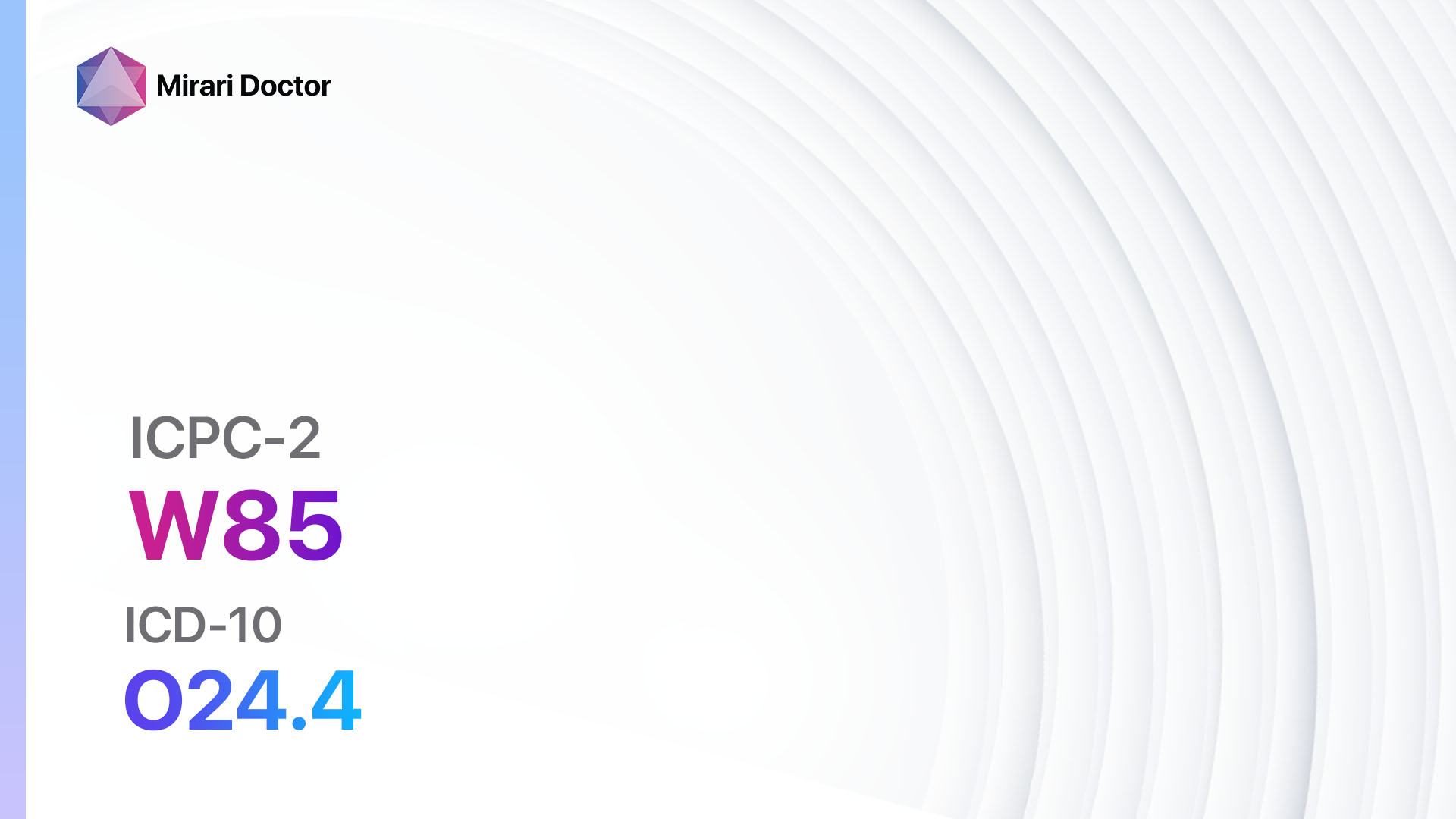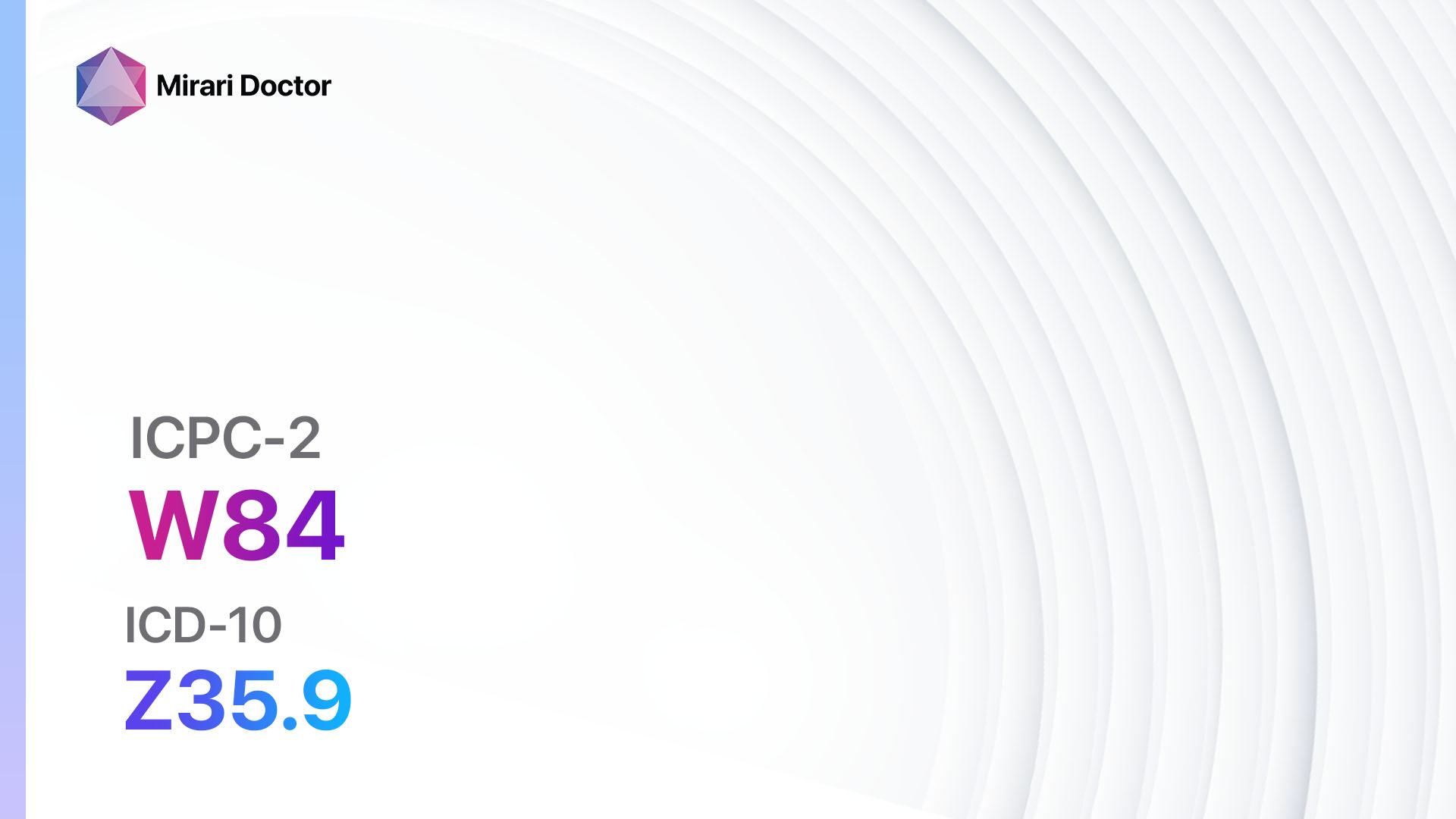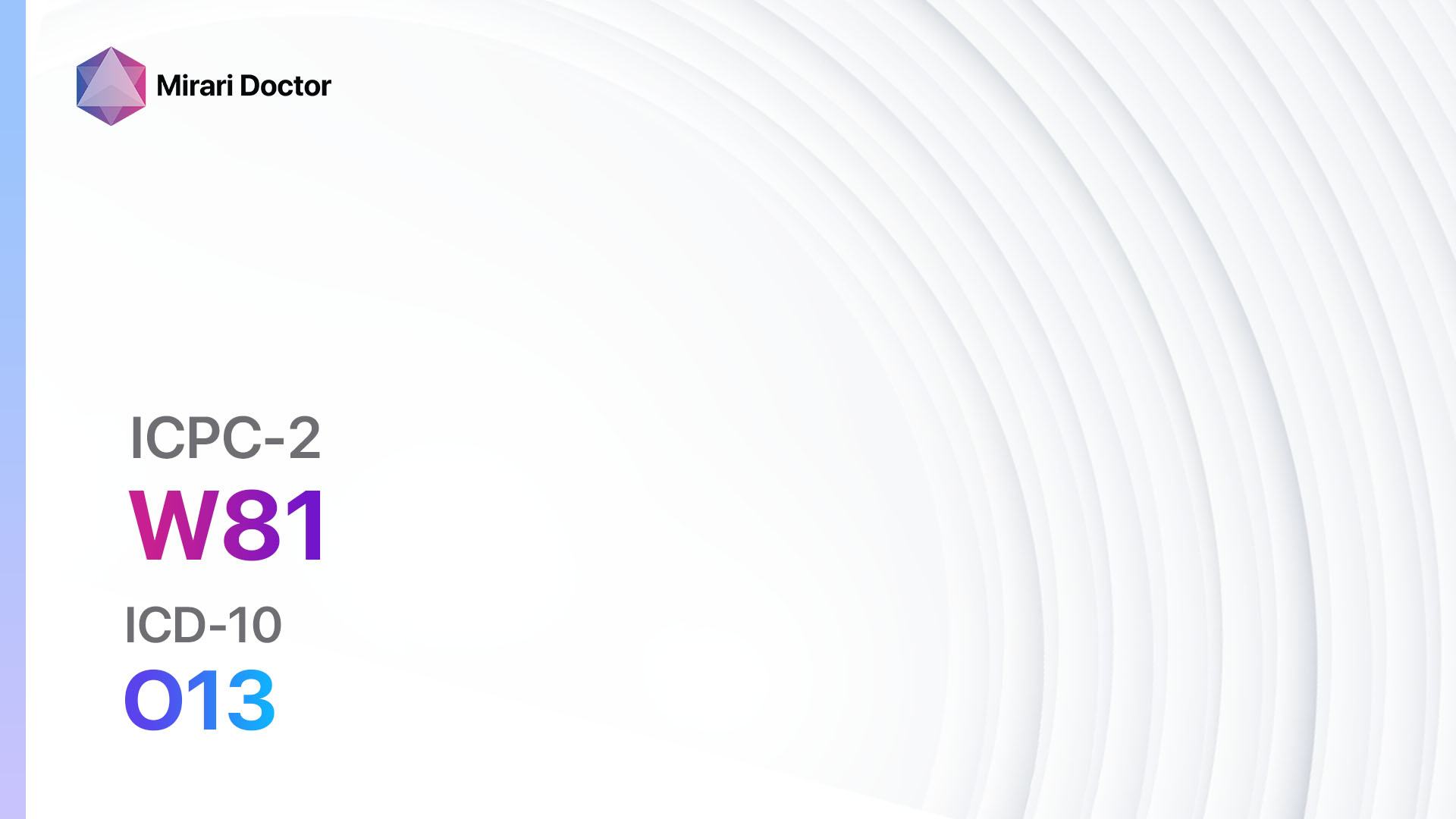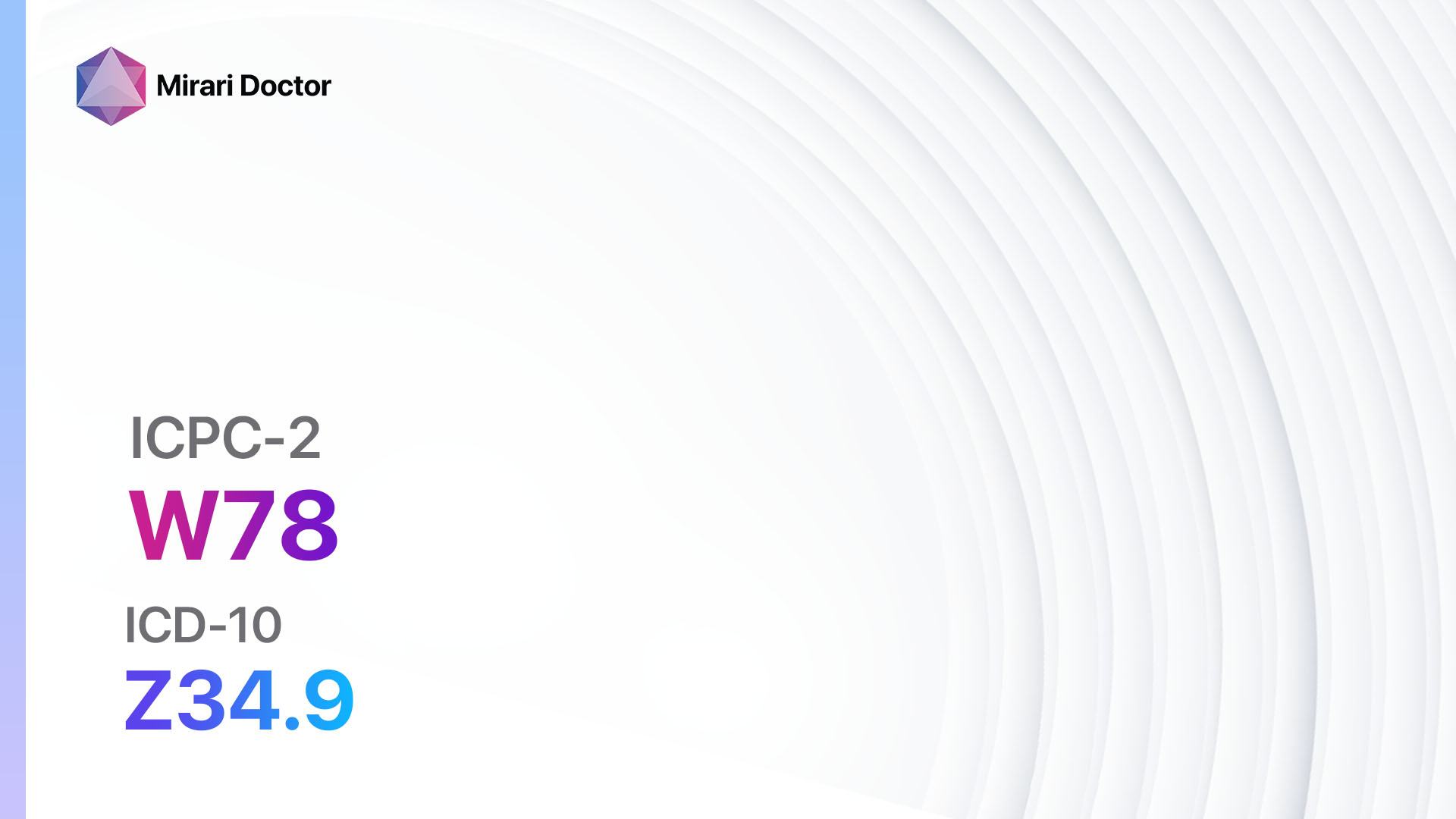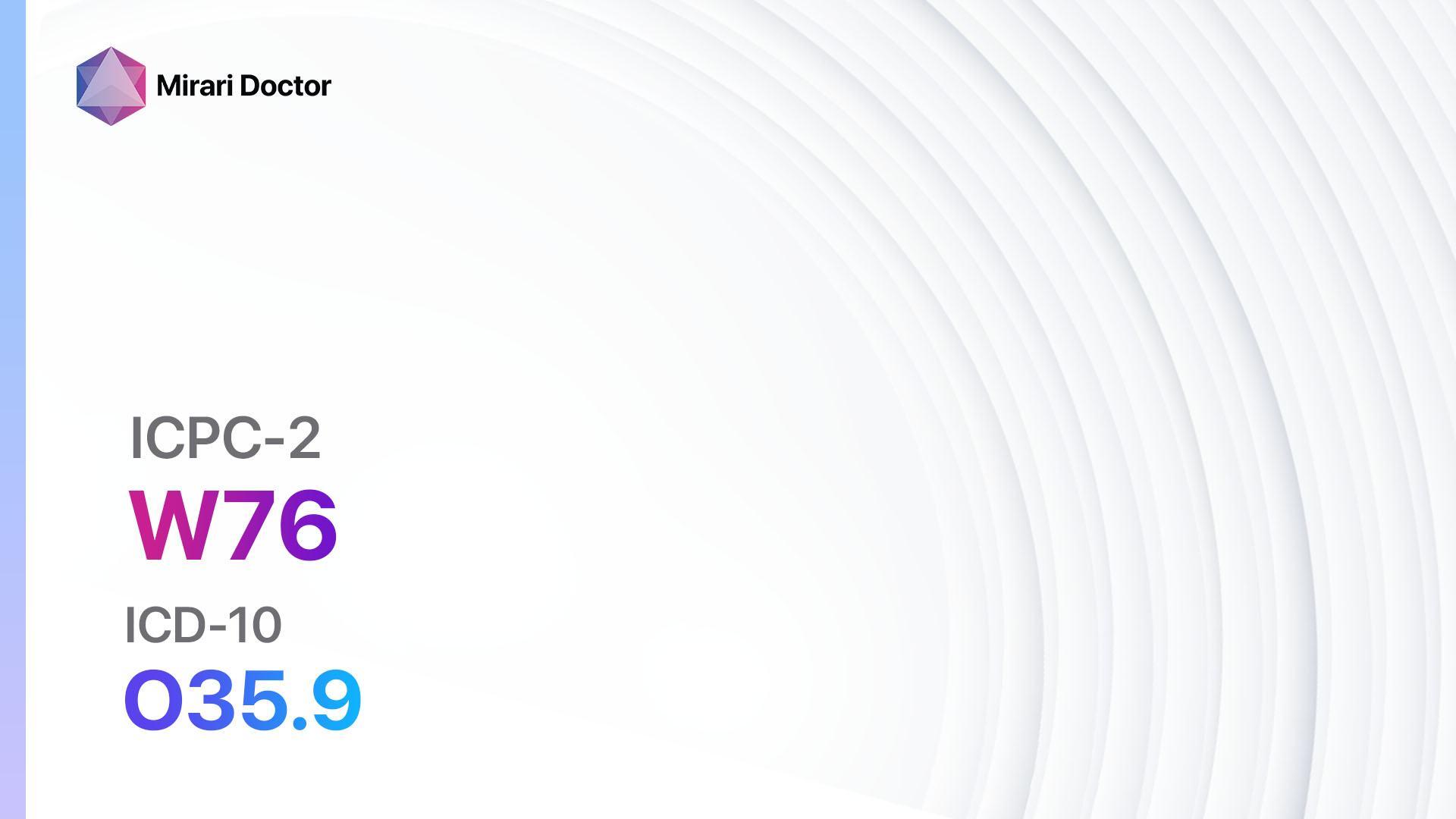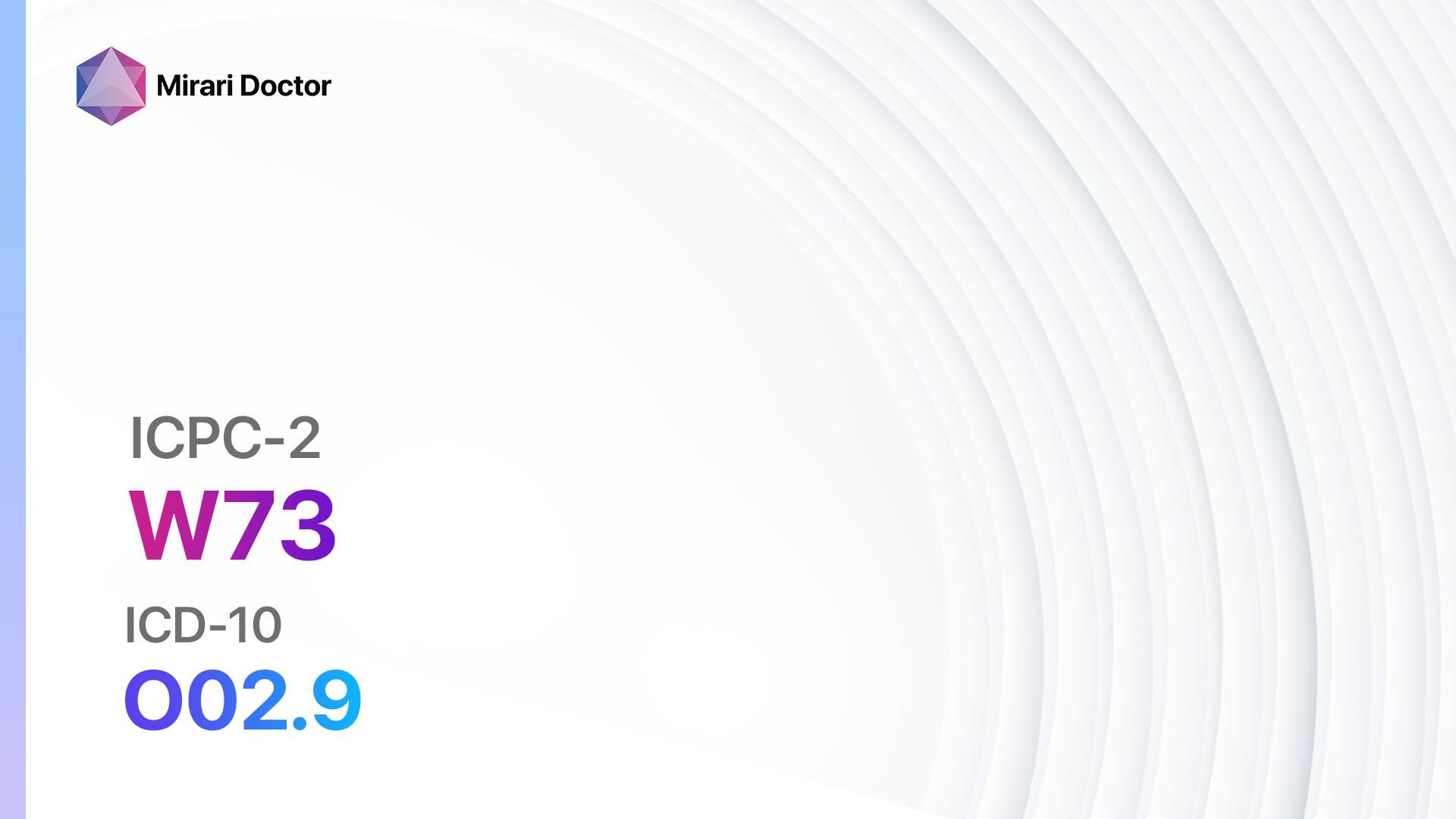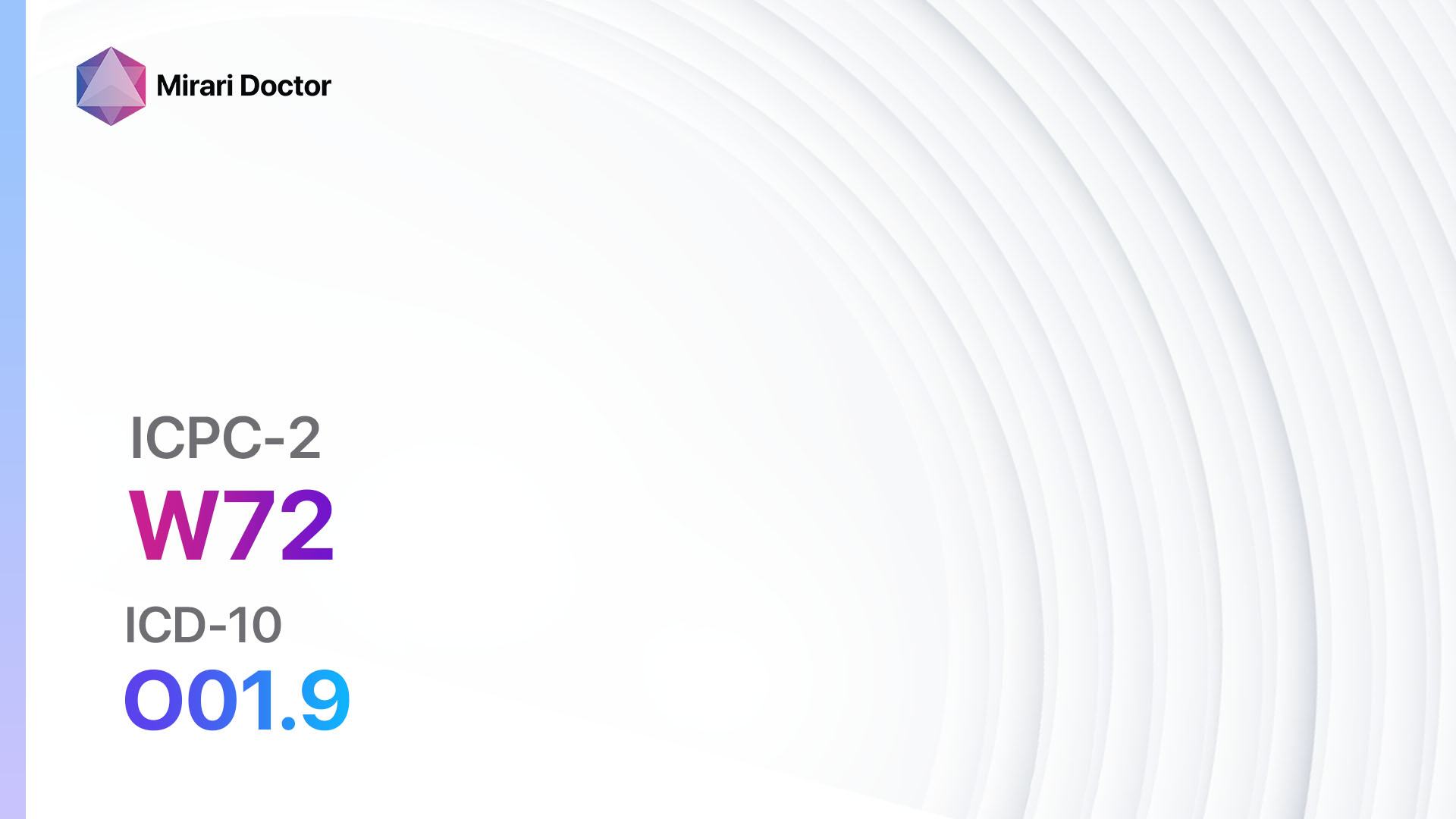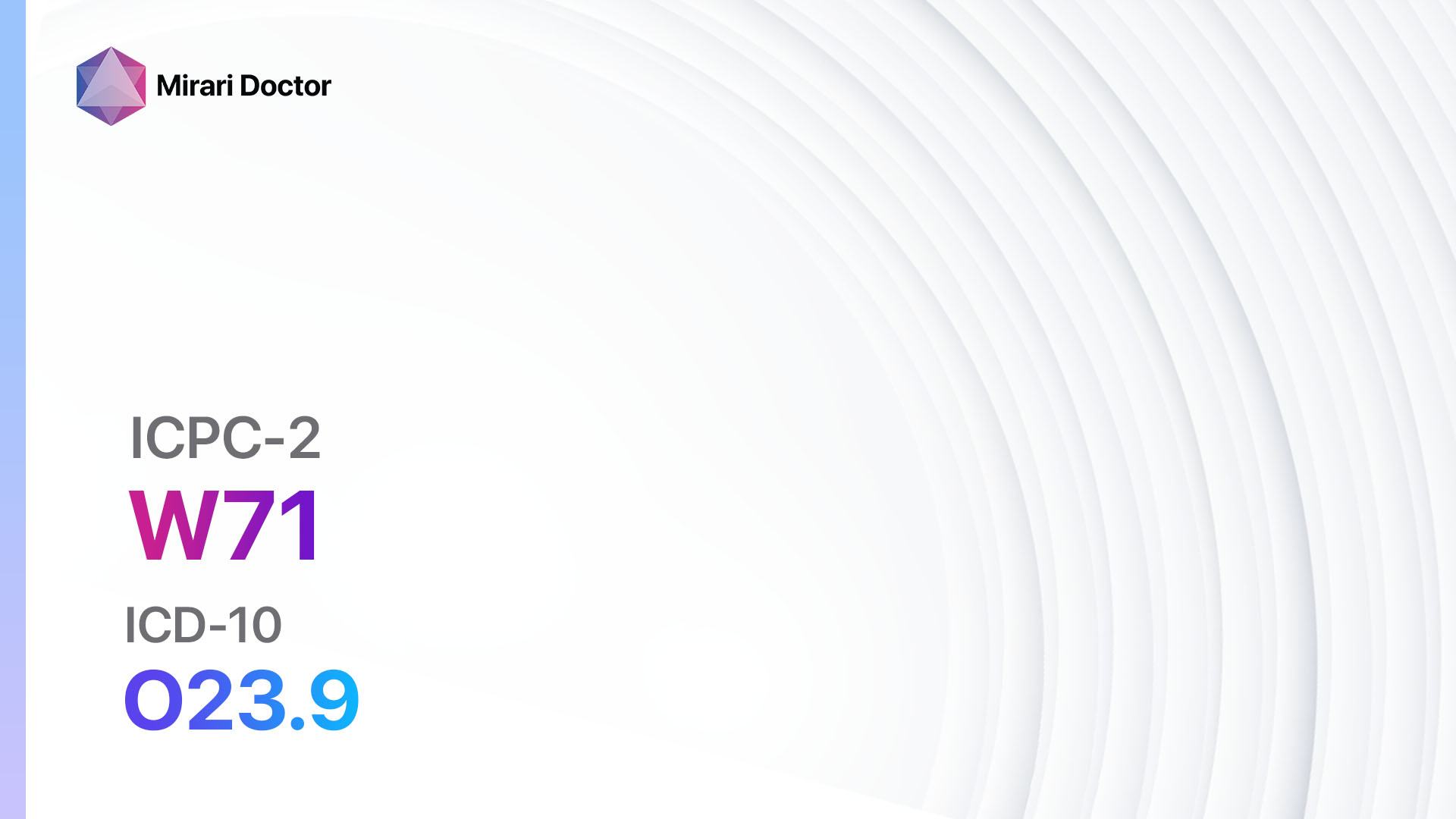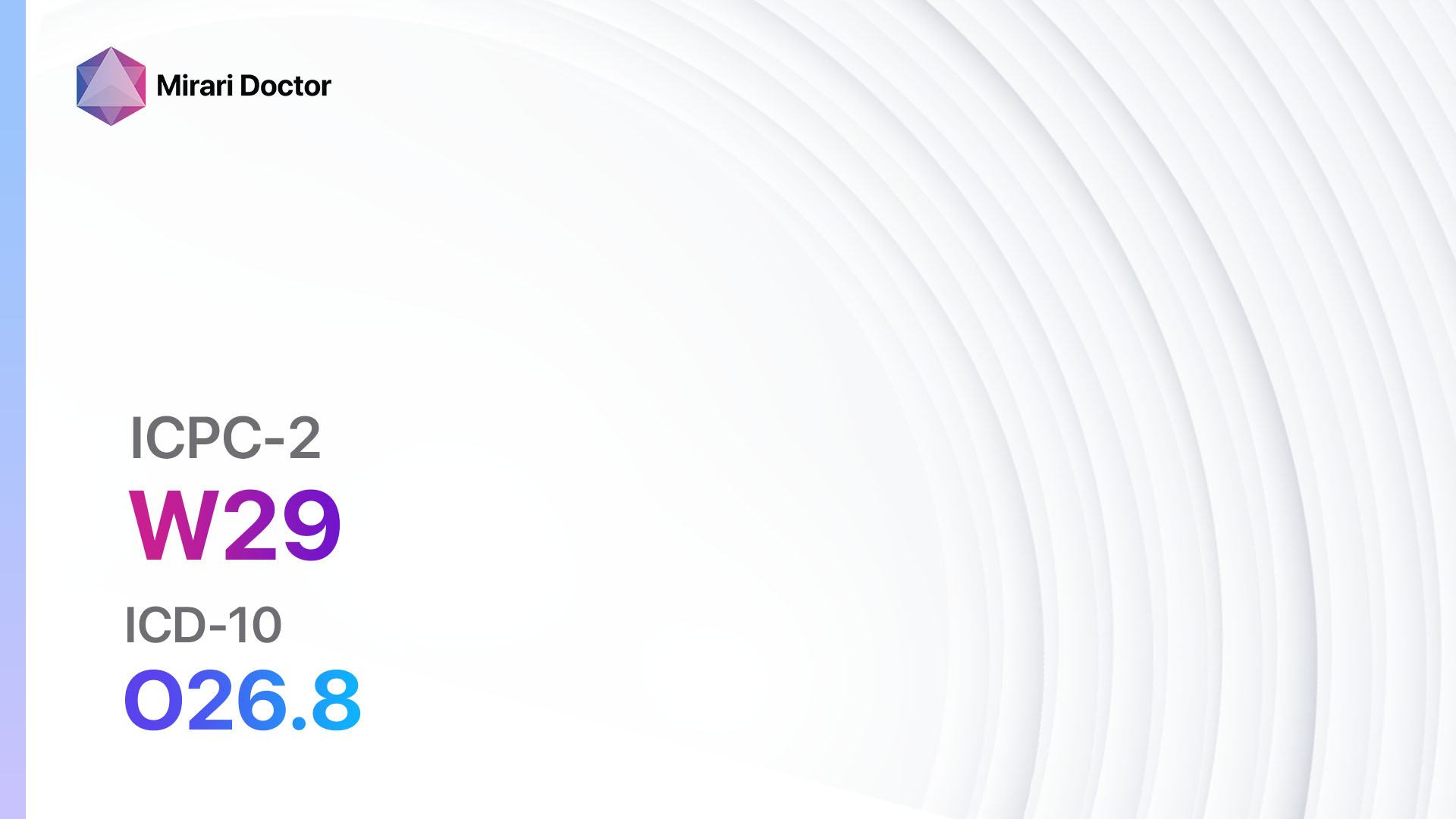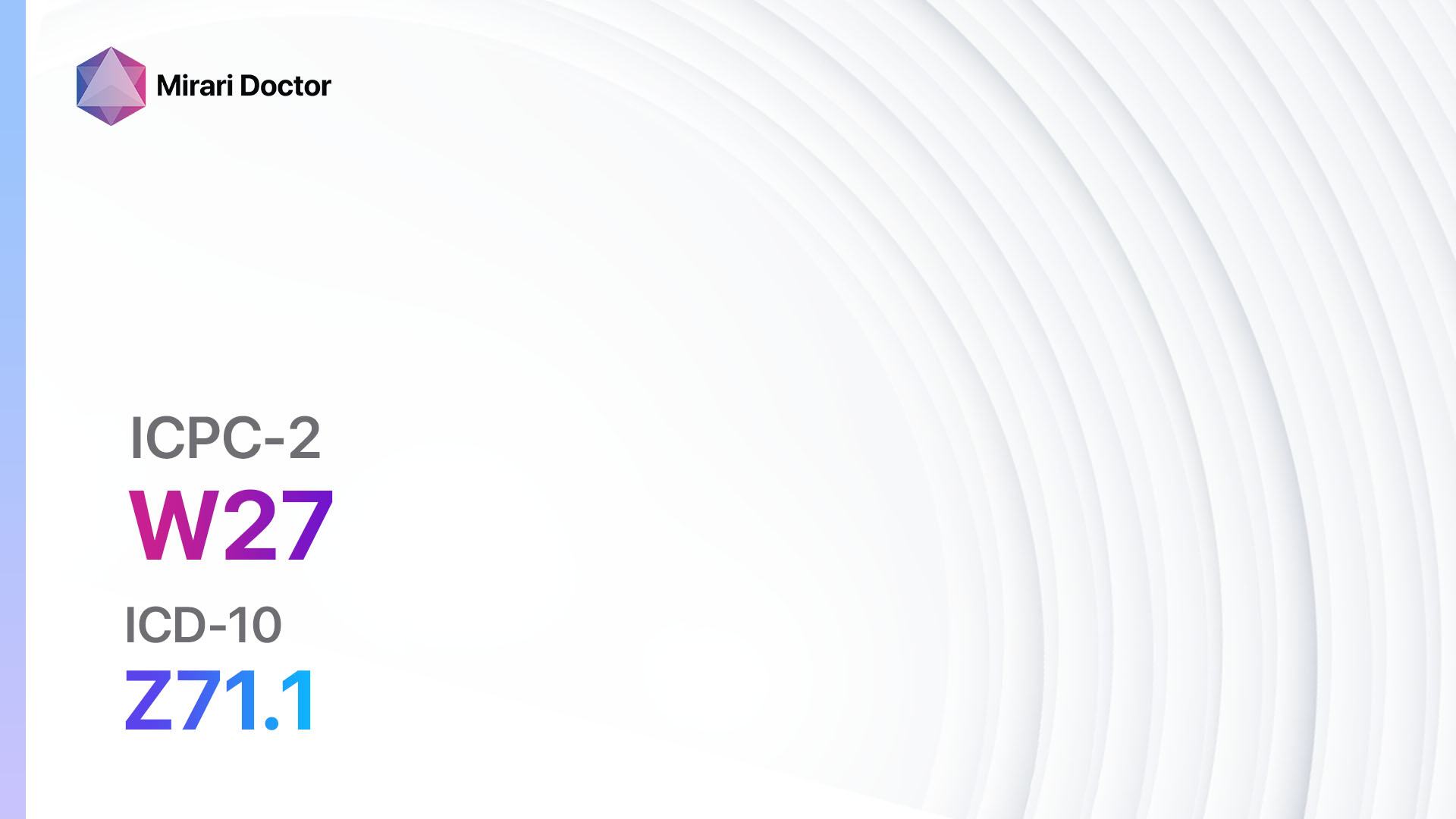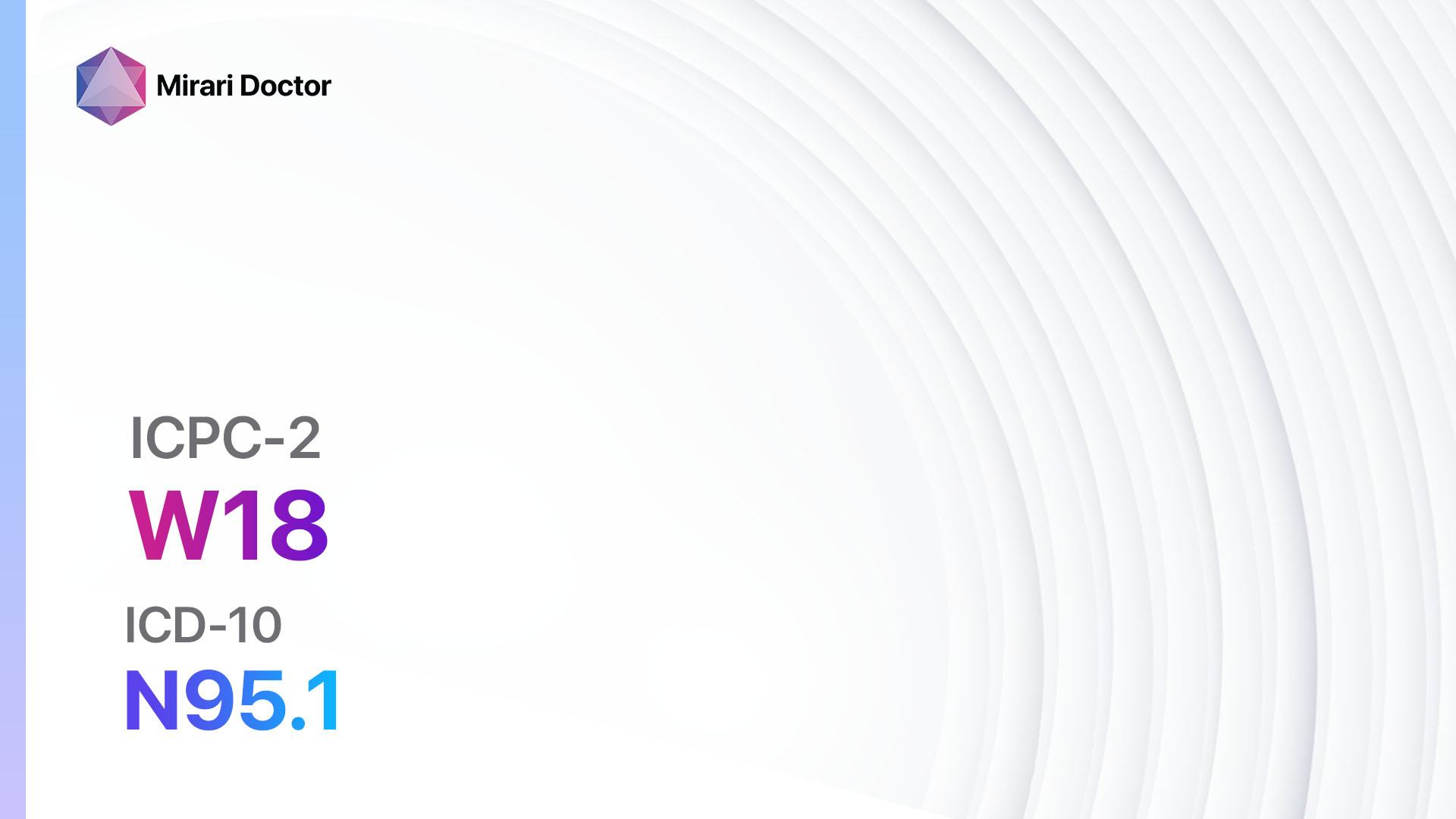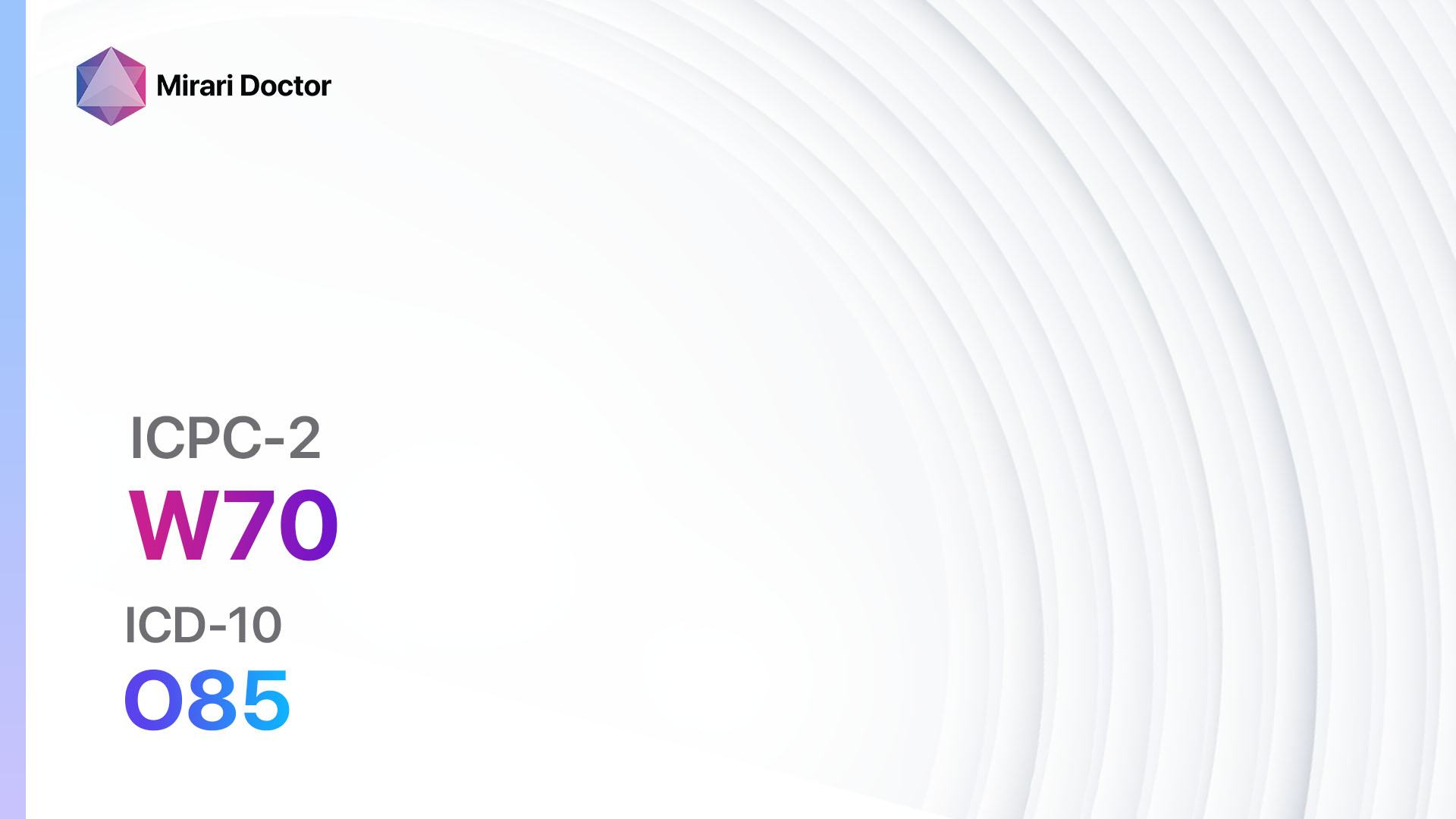
Introduction
Puerperal infection, also known as postpartum infection, is a bacterial infection that occurs after childbirth. It is a serious condition that can lead to sepsis if left untreated.[1] The aim of this guide is to provide healthcare professionals with a comprehensive overview of the diagnosis and management of puerperal infection/sepsis.
Codes
Symptoms
- Fever: A high body temperature (above 100.4°F or 38°C) is a common symptom of puerperal infection.[2]
- Abdominal pain: Women with puerperal infection may experience pain or tenderness in the lower abdomen.[3]
- Vaginal discharge: An abnormal discharge with a foul odor may be present.[4]
- Rapid heartbeat: Tachycardia is often observed in patients with puerperal infection.[5]
- Fatigue: Women may feel unusually tired or weak.[6]
- Flu-like symptoms: Headache, body aches, and chills may be present.[7]
Causes
- Bacterial infection: Puerperal infection is most commonly caused by bacteria entering the uterus during childbirth or through invasive medical procedures.[8]
- Group A Streptococcus: This bacteria is a common cause of severe puerperal infection.[9]
- Escherichia coli (E. coli): This bacteria is another common cause of puerperal infection.[10] Staphylococcus aureus: This bacteria can also cause puerperal infection.
Diagnostic Steps
Medical History
- Gather information about the patient’s risk factors, such as a history of previous infections, prolonged labor, or the use of invasive medical procedures during childbirth.
- Ask about symptoms related to puerperal infection, such as fever, abdominal pain, and abnormal vaginal discharge.
Physical Examination
- Perform a thorough physical examination, paying particular attention to signs of infection, such as an elevated body temperature, rapid heartbeat, and abdominal tenderness.
- Inspect the vagina and cervix for signs of inflammation or discharge.
Laboratory Tests
- Complete blood count (CBC): A CBC can help identify an elevated white blood cell count, which is indicative of infection.
- Blood cultures: Blood cultures can help identify the specific bacteria causing the infection.
- Urinalysis: A urinalysis can help rule out urinary tract infection as a cause of symptoms.
- C-reactive protein (CRP): Elevated CRP levels can indicate inflammation and infection.
Diagnostic Imaging
- Transvaginal ultrasound: This imaging modality can help identify any abnormalities in the uterus or ovaries.
- CT scan: A CT scan may be necessary to evaluate the extent of infection or to identify any abscesses.
Other Tests
- Endometrial biopsy: In cases where the diagnosis is unclear, an endometrial biopsy may be performed to obtain a sample of the uterine lining for further analysis.
- Pelvic exam under anesthesia: This procedure may be necessary if there is suspicion of a deep pelvic infection or abscess.
Follow-up and Patient Education
- Schedule follow-up appointments to monitor the patient’s progress and ensure that the infection is resolving.
- Provide education on the importance of completing the full course of antibiotics and seeking medical attention if symptoms worsen or do not improve.
Possible Interventions
Traditional Interventions
Medications:
Top 5 drugs for Puerperal infection/sepsis:
- Antibiotics (e.g., Ampicillin, Clindamycin, Gentamicin):
- Cost: Generic versions can range from $10 to $50 for a course of treatment.
- Contraindications: Allergy to antibiotics, renal impairment.
- Side effects: Nausea, diarrhea, allergic reactions.
- Severe side effects: Clostridium difficile infection, Stevens-Johnson syndrome.
- Drug interactions: Other medications that may affect kidney function.
- Warning: Complete the full course of antibiotics as prescribed.
- Intravenous fluids:
- Cost: Varies depending on the hospital and duration of treatment.
- Contraindications: None.
- Side effects: Fluid overload, electrolyte imbalances.
- Severe side effects: Pulmonary edema, heart failure.
- Drug interactions: None.
- Warning: Monitor fluid balance and electrolyte levels closely.
- Analgesics (e.g., Acetaminophen, Ibuprofen):
- Cost: Over-the-counter versions are inexpensive. Prescription-strength may range from $10 to $30.
- Contraindications: Allergy to analgesics, liver disease.
- Side effects: Upset stomach, dizziness.
- Severe side effects: Liver damage, gastrointestinal bleeding.
- Drug interactions: Other medications that may affect liver function or increase the risk of bleeding.
- Warning: Follow the recommended dosage and avoid exceeding the maximum daily dose.
- Antipyretics (e.g., Acetaminophen):
- Cost: Over-the-counter versions are inexpensive. Prescription-strength may range from $10 to $30.
- Contraindications: Allergy to antipyretics, liver disease.
- Side effects: Upset stomach, dizziness.
- Severe side effects: Liver damage.
- Drug interactions: Other medications that may affect liver function.
- Warning: Follow the recommended dosage and avoid exceeding the maximum daily dose.
- Antiemetics (e.g., Ondansetron, Metoclopramide):
- Cost: Generic versions can range from $10 to $50 for a course of treatment.
- Contraindications: Allergy to antiemetics, gastrointestinal obstruction.
- Side effects: Headache, dizziness.
- Severe side effects: Torsades de pointes, extrapyramidal symptoms.
- Drug interactions: Other medications that may affect heart rhythm or increase the risk of extrapyramidal symptoms.
- Warning: Use with caution in patients with a history of heart rhythm abnormalities or movement disorders.
Alternative Drugs:
- Clindamycin: An alternative antibiotic for patients with penicillin allergies.
- Ceftriaxone: An alternative antibiotic for patients with severe infections or suspected resistant bacteria.
- Vancomycin: An alternative antibiotic for patients with suspected methicillin-resistant Staphylococcus aureus (MRSA) infection.
- Meropenem: An alternative broad-spectrum antibiotic for patients with severe infections or suspected resistant bacteria.
- Linezolid: An alternative antibiotic for patients with MRSA infection.
Surgical Procedures:
- Drainage of abscesses: In cases where an abscess is present, surgical drainage may be necessary to remove the infected fluid.
- Hysterectomy: In severe cases of puerperal infection that do not respond to antibiotics, a hysterectomy may be performed to remove the infected uterus.
Alternative Interventions
- Probiotics: Probiotic supplements may help restore the natural balance of bacteria in the body and support the immune system. Cost: $10-$30 per month.
- Herbal remedies: Some herbs, such as echinacea and garlic, have antimicrobial properties and may help boost the immune system. Cost: Varies depending on the specific herb and form (capsules, tinctures, etc.).
- Homeopathic remedies: Homeopathic remedies, such as Belladonna and Pyrogenium, may be used to support the body’s natural healing process. Cost: Varies depending on the specific remedy and brand.
- Acupuncture: Acupuncture may help stimulate the body’s natural healing response and reduce inflammation. Cost: $60-$120 per session.
- Hydrotherapy: Soaking in warm water with added herbs or essential oils may help relieve symptoms and promote healing. Cost: Varies depending on the specific products used.
Lifestyle Interventions
- Rest and hydration: Getting plenty of rest and staying hydrated can help support the body’s immune system and aid in recovery. Cost: Minimal.
- Healthy diet: Eating a balanced diet rich in fruits, vegetables, and lean proteins can help support the immune system and promote healing. Cost: Varies depending on food choices.
- Stress management: Engaging in stress-reducing activities, such as meditation or yoga, can help support overall health and immune function. Cost: Varies depending on the specific activity or class.
- Good hygiene practices: Practicing good hygiene, such as regular handwashing and keeping wounds clean, can help prevent infection. Cost: Minimal.
- Avoiding smoking and alcohol: Smoking and excessive alcohol consumption can weaken the immune system and hinder the healing process. Cost: Varies depending on individual habits.
It is important to note that the cost ranges provided are approximate and may vary depending on the location and availability of the interventions.
Mirari Cold Plasma Alternative Intervention
Understanding Mirari Cold Plasma
- Safe and Non-Invasive Treatment: Mirari Cold Plasma is a safe and non-invasive treatment option for various skin conditions. It does not require incisions, minimizing the risk of scarring, bleeding, or tissue damage.
- Efficient Extraction of Foreign Bodies: Mirari Cold Plasma facilitates the removal of foreign bodies from the skin by degrading and dissociating organic matter, allowing easier access and extraction.
- Pain Reduction and Comfort: Mirari Cold Plasma has a local analgesic effect, providing pain relief during the treatment, making it more comfortable for the patient.
- Reduced Risk of Infection: Mirari Cold Plasma has antimicrobial properties, effectively killing bacteria and reducing the risk of infection.
- Accelerated Healing and Minimal Scarring: Mirari Cold Plasma stimulates wound healing and tissue regeneration, reducing healing time and minimizing the formation of scars.
Mirari Cold Plasma Prescription
Video instructions for using Mirari Cold Plasma Device – W70 Puerperal sepsis (ICD-10:O85)
| Mild | Moderate | Severe |
| Mode setting: 1 (Infection) Location: 2 (Prostate & Uterus) Morning: 15 minutes, Evening: 15 minutes |
Mode setting: 1 (Infection) Location: 2 (Prostate & Uterus) Morning: 30 minutes, Lunch: 30 minutes, Evening: 30 minutes |
Mode setting: 1 (Infection) Location: 2 (Prostate & Uterus) Morning: 30 minutes, Lunch: 30 minutes, Evening: 30 minutes |
| Mode setting: 2 (Wound Healing) Location: 2 (Prostate & Uterus) Morning: 15 minutes, Evening: 15 minutes |
Mode setting: 2 (Wound Healing) Location: 2 (Prostate & Uterus) Morning: 30 minutes, Lunch: 30 minutes, Evening: 30 minutes |
Mode setting: 2 (Wound Healing) Location: 2 (Prostate & Uterus) Morning: 30 minutes, Lunch: 30 minutes, Evening: 30 minutes |
| Total Morning: 30 minutes approx. $5 USD, Evening: 30 minutes approx. $5 USD |
Total Morning: 60 minutes approx. $10 USD, Lunch: 60 minutes approx. $10 USD, Evening: 60 minutes approx. $10 USD, |
Total Morning: 60 minutes approx. $10 USD, Lunch: 60 minutes approx. $10 USD, Evening: 60 minutes approx. $10 USD, |
| Usual treatment for 7-60 days approx. $70 USD – $600 USD | Usual treatment for 6-8 weeks approx. $1,260 USD – $1,680 USD |
Usual treatment for 3-6 months approx. $2,700 USD – $5,400 USD
|
 |
|
Use the Mirari Cold Plasma device to treat Puerperal infection/sepsis effectively.
WARNING: MIRARI COLD PLASMA IS DESIGNED FOR THE HUMAN BODY WITHOUT ANY ARTIFICIAL OR THIRD PARTY PRODUCTS. USE OF OTHER PRODUCTS IN COMBINATION WITH MIRARI COLD PLASMA MAY CAUSE UNPREDICTABLE EFFECTS, HARM OR INJURY. PLEASE CONSULT A MEDICAL PROFESSIONAL BEFORE COMBINING ANY OTHER PRODUCTS WITH USE OF MIRARI.
Step 1: Cleanse the Skin
- Start by cleaning the affected area of the skin with a gentle cleanser or mild soap and water. Gently pat the area dry with a clean towel.
Step 2: Prepare the Mirari Cold Plasma device
- Ensure that the Mirari Cold Plasma device is fully charged or has fresh batteries as per the manufacturer’s instructions. Make sure the device is clean and in good working condition.
- Switch on the Mirari device using the power button or by following the specific instructions provided with the device.
- Some Mirari devices may have adjustable settings for intensity or treatment duration. Follow the manufacturer’s instructions to select the appropriate settings based on your needs and the recommended guidelines.
Step 3: Apply the Device
- Place the Mirari device in direct contact with the affected area of the skin. Gently glide or hold the device over the skin surface, ensuring even coverage of the area experiencing.
- Slowly move the Mirari device in a circular motion or follow a specific pattern as indicated in the user manual. This helps ensure thorough treatment coverage.
Step 4: Monitor and Assess:
- Keep track of your progress and evaluate the effectiveness of the Mirari device in managing your Puerperal infection/sepsis. If you have any concerns or notice any adverse reactions, consult with your health care professional.
Note
This guide is for informational purposes only and should not replace the advice of a medical professional. Always consult with your healthcare provider or a qualified medical professional for personal advice, diagnosis, or treatment. Do not solely rely on the information presented here for decisions about your health. Use of this information is at your own risk. The authors of this guide, nor any associated entities or platforms, are not responsible for any potential adverse effects or outcomes based on the content.
Mirari Cold Plasma System Disclaimer
- Purpose: The Mirari Cold Plasma System is a Class 2 medical device designed for use by trained healthcare professionals. It is registered for use in Thailand and Vietnam. It is not intended for use outside of these locations.
- Informational Use: The content and information provided with the device are for educational and informational purposes only. They are not a substitute for professional medical advice or care.
- Variable Outcomes: While the device is approved for specific uses, individual outcomes can differ. We do not assert or guarantee specific medical outcomes.
- Consultation: Prior to utilizing the device or making decisions based on its content, it is essential to consult with a Certified Mirari Tele-Therapist and your medical healthcare provider regarding specific protocols.
- Liability: By using this device, users are acknowledging and accepting all potential risks. Neither the manufacturer nor the distributor will be held accountable for any adverse reactions, injuries, or damages stemming from its use.
- Geographical Availability: This device has received approval for designated purposes by the Thai and Vietnam FDA. As of now, outside of Thailand and Vietnam, the Mirari Cold Plasma System is not available for purchase or use.
References
- World Health Organization. (2015). The prevention and management of puerperal infections. https://apps.who.int/iris/handle/10665/186171
- Meaney-Delman, D., Bartlett, L. A., Gravett, M. G., & Jamieson, D. J. (2015). Oral and intramuscular treatment options for early postpartum endometritis in low-resource settings: a systematic review. Obstetrics and gynecology, 125(4), 789–800. https://doi.org/10.1097/AOG.0000000000000732
- Mackeen, A. D., Packard, R. E., Ota, E., Berghella, V., & Baxter, J. K. (2015). Timing of intravenous prophylactic antibiotics for preventing postpartum infectious morbidity in women undergoing cesarean delivery. The Cochrane database of systematic reviews, 2015(12), CD009516. https://doi.org/10.1002/14651858.CD009516.pub2
- Ngonzi, J., Bebell, L. M., Fajardo, Y., Boatin, A. A., Siedner, M. J., Bassett, I. V., Jacquemyn, Y., Van geertruyden, J. P., Kabakyenga, J., Ononge, S., & Wylie, B. J. (2018). Incidence of postpartum infection, outcomes and associated risk factors at Mbarara regional referral hospital in Uganda. BMC pregnancy and childbirth, 18(1), 270. https://doi.org/10.1186/s12884-018-1891-1
- Bonet, M., Ota, E., Chibueze, C. E., & Oladapo, O. T. (2017). Routine antibiotic prophylaxis after normal vaginal birth for reducing maternal infectious morbidity. The Cochrane database of systematic reviews, 11(11), CD012137. https://doi.org/10.1002/14651858.CD012137.pub2
- Woodd, S. L., Montoya, A., Barreix, M., Pi, L., Calvert, C., Rehman, A. M., Chou, D., & Campbell, O. (2019). Incidence of maternal peripartum infection: A systematic review and meta-analysis. PLoS medicine, 16(12), e1002984. https://doi.org/10.1371/journal.pmed.1002984
- Axelsson, D., Blomberg, M., & Ahrne, S. (2019). Postpartum infections: a systematic review. BJOG : an international journal of obstetrics and gynaecology, 126(11), 1334–1346. https://doi.org/10.1111/1471-0528.15870
- Buddeberg, B. S., & Aveling, W. (2015). Puerperal sepsis in the 21st century: progress, new challenges and the situation worldwide. Postgraduate medical journal, 91(1080), 572–578. https://doi.org/10.1136/postgradmedj-2015-133475
- Hamilton, S. M., Stevens, D. L., & Bryant, A. E. (2013). Pregnancy-related group a streptococcal infections: temporal relationships between bacterial acquisition, infection onset, clinical findings, and outcome. Clinical infectious diseases : an official publication of the Infectious Diseases Society of America, 57(6), 870–876. https://doi.org/10.1093/cid/cit282
- Aronoff, D. M., & Mulla, Z. D. (2008). Postpartum invasive group A streptococcal disease in the modern era. Infectious diseases in obstetrics and gynecology, 2008, 796892. https://doi.org/10.1155/2008/796892
Related articles
Made in USA


